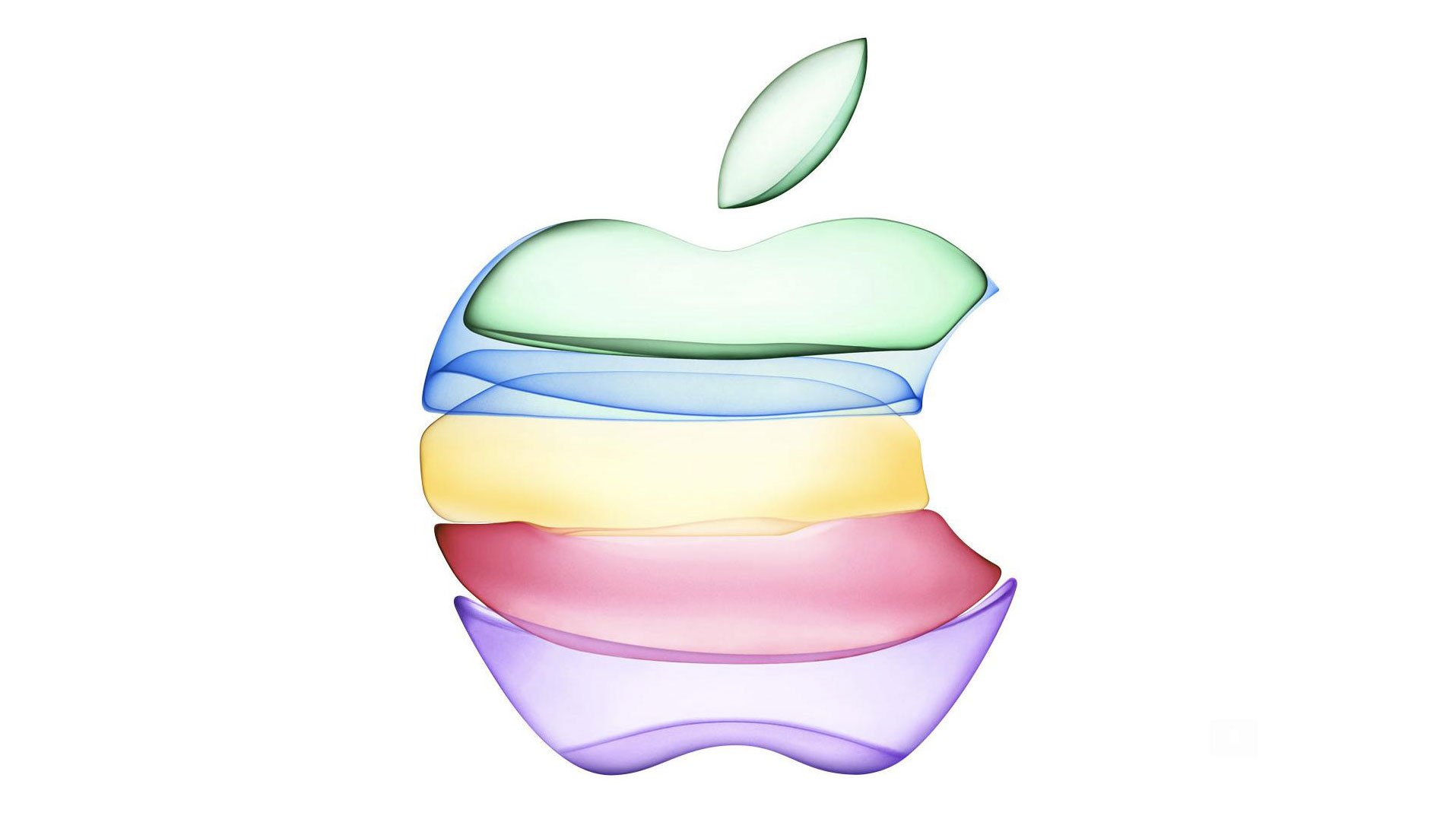Enabling Consumer Purchases From Merchants by Just Tapping Their Phones Together, Apple’s Tap to Pay Also Works with Contactless Credit Cards
© Apple
“Tap to Pay on iPhone will provide businesses with a secure, private, and easy way to accept contactless payments and unlock new checkout experiences using the power, security, and convenience of iPhone.”
What is Tap to Pay?
Initially revealed during the second iOS 15.4 developer beta, Tap to Pay is a new feature from Apple that turns compatible iPhones into payment terminals without additional hardware requirements. Tap to Pay simplifies financial transactions on mobile devices without requiring other hardware like Square’s dongle to initiate contactless payments via iPhones.
Currently, Tap to Pay supports consumer purchases directly with businesses only and does not support person-to-person payments. Using Tap to Pay, a consumer places an iPhone or Apple Watch near the business iPhone to complete payment. Transactions are secure, private and use NFC technology.
Previously in 2020, Bloomberg reported that Apple had acquired a startup Mobeewave that was building out this technology. Fast forward to today, where Apple has confirmed the feature and is rolling it out. Tap to Pay is Apple’s latest financial innovation. It joins a coterie of highly successful services such as Apple Pay, a contactless payment service, Apple Pay Cash, a peer-to-peer payment service, and Apple Card, a credit card specifically designed for use on the iPhone in collaboration with Goldman Sachs.
Highlights:
Contactless payments on mobile devices
No additional hardware requirements
Employs NFC technology
Takes payments from contactless credit and debit cards and other digital wallets
Accepts Apple Pay, Visa, American Express, Mastercard, and Discover
Currently available for US markets, consumer to business
© Apple
What do you need for Tap to Pay?
Initiating Tap to Pay only requires two iPhones — one from the consumer and one from the business enabled to accept Tap to Pay contactless payments and a supporting payment platform, available via an iOS app. A consumer can buy from a company by tapping the two iPhones together.
Tap to Pay supports iPhone XS and later models. The first payment platform to use Tap to Pay is Stripe, now available through the Shopify Point of Sale app. Rollouts of other payment platforms will probably occur soon. Apple has also shared that the new feature will support all EMV contactless payments, including Google Pay.
How does Tap to Pay work?
When the merchant and customer are ready to checkout, the merchant will ask the customer to hold an iPhone or Apple Watch by the merchant’s iPhone to pay. Payment options include Apple Pay, their contactless credit or debit card, or another digital wallet near the merchant’s iPhone. Payment occurs seamlessly, securely, and privately via NFC technology.
By eliminating hardware, a business of any size - whether it is a freelancer, solo entrepreneur, small business, or big business -can process financial transactions at any time, anywhere. In addition, today, Apple Pay is also accepted by over 90 percent of American retailers. Therefore, any business of any size can use this feature in the upcoming months as the technology rolls out to the App Store in the spring and becomes available at major retailers, payment platforms, and Apple Store locations in the US this year.
“Whether you’re a salesperson at an internet-first retailer or an individual entrepreneur, you can soon accept contactless payments on a device that’s already in your pocket: your iPhone. With Tap to Pay on iPhone, millions of businesses using Stripe can enhance their in-person commerce experience by offering their customers a fast and secure checkout.”
Tap to Pay protects payment data with the same technology Secure Element employed by Apple Pay. Apple also does not receive any information about the details of what consumers are purchasing.
When is Tap to Pay available?
Tap to Pay is currently available to developers via iOS 15.4 beta and is expected to be released to the public this spring with iOS 15.4. Initially, the feature will be available only in the United States.
What does this mean for Square and its Dongle?
Tap to Pay enables businesses to accept payments from customers without the need for additional hardware, turning the iPhones into point of sale devices themselves. Given its efficiency and ease of use, Tap to Pay challenges Square with its ubiquitous dongle, effectively eliminating the need for Square’s additional hardware to process payments.





